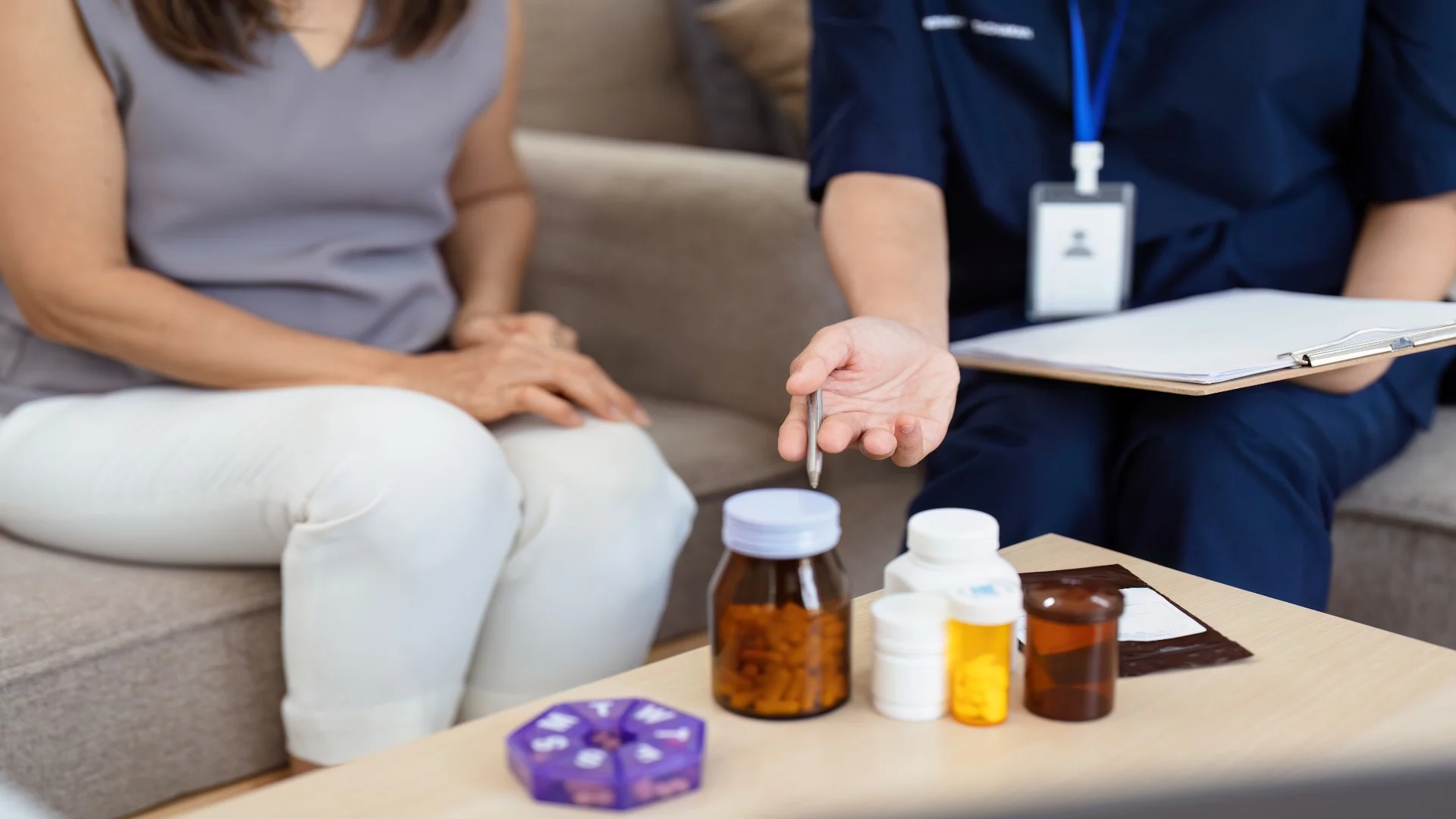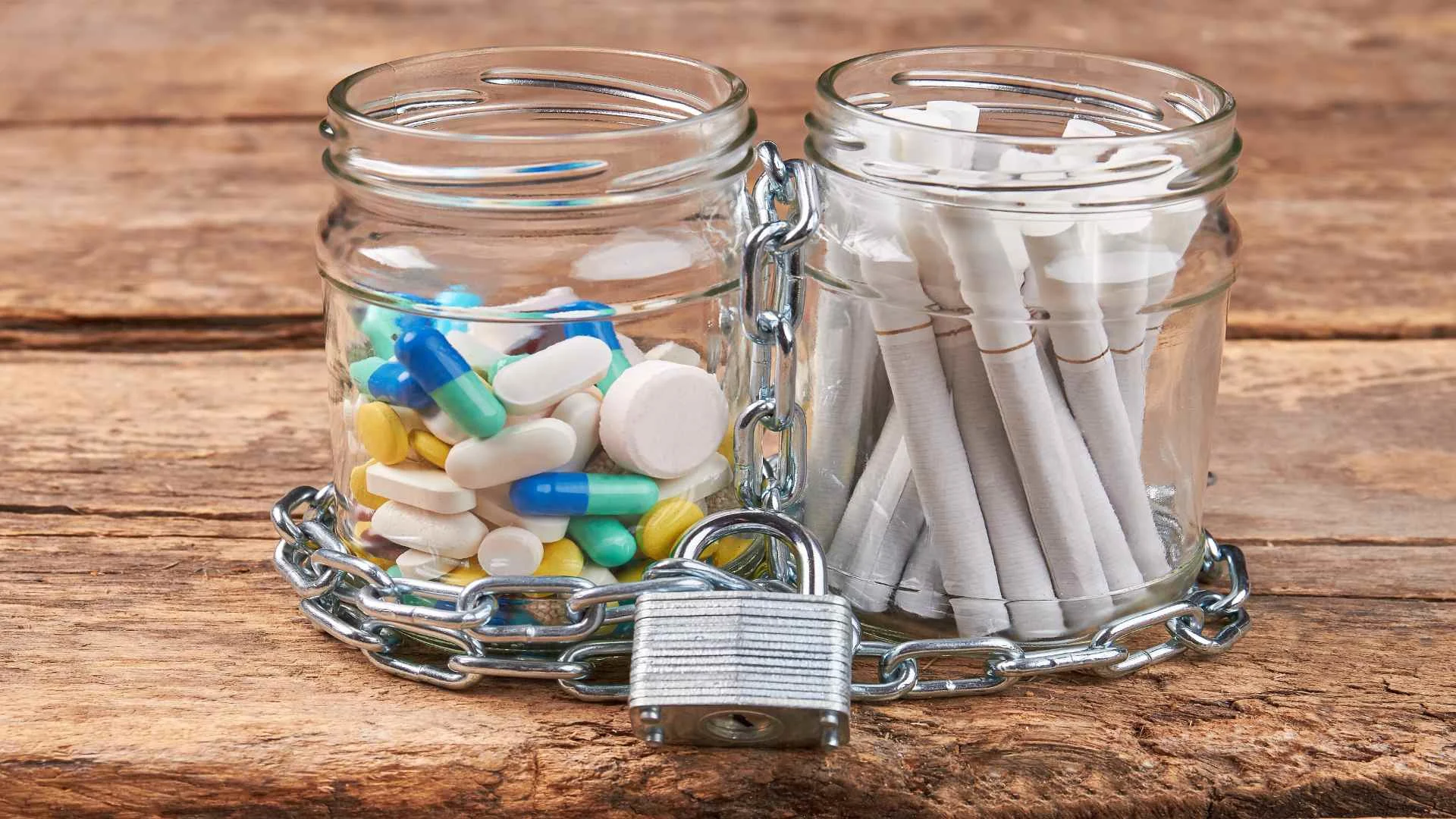Mental Health
The Link Between Attachment Issues and Substance Abuse

Unresolved attachment issues often lead to addiction. Learn how addressing emotional wounds and building healthy connections can support recovery.
How does attachment dysfunction develop?
Attachment issues often stem from childhood experiences of neglect, inconsistency, or trauma. When caregivers fail to provide security and emotional support, children struggle to form trust, leading to difficulties in relationships and emotional regulation later in life.
Can attachment insecurity be resolved in adulthood?
Yes, with therapies like attachment-based and trauma-informed care, individuals can process past experiences, develop healthier relationship patterns, and build emotional resilience, allowing them to form more secure attachments in adulthood.
What is the self-medication hypothesis for attachment dysfunction?
The self-medication hypothesis suggests that people with attachment issues use substances to cope with emotional distress, anxiety, or loneliness caused by insecure attachments, reinforcing a cycle of addiction and avoidance.
How does substance abuse affect existing relationships?
Substance abuse strains relationships by creating distrust, emotional disconnection, and communication breakdowns. It can cause erratic behavior, dishonesty, and neglect, further damaging attachment bonds and deepening isolation for both the individual and their loved ones.
What role does family therapy play in addressing attachment dysfunction and substance abuse?
Family therapy helps repair strained relationships, rebuild trust, and improve communication. Addressing dysfunctional patterns fosters secure attachments and creates a supportive environment crucial for recovery and long-term emotional healing.
Struggling with addiction can feel isolating, but the root cause often runs deeper than substance use itself. Patterns formed in early relationships can shape how you connect with others and cope with stress. When these wounds go unhealed, they can lead to emotional pain, anxiety, and a higher risk of substance abuse.
Understanding this connection is key to lasting recovery. Addressing past attachment wounds and building healthier relationships can create a strong foundation for healing. Let’s explore how attachment issues influence addiction and how connection can be a powerful tool in recovery.
How Attachment Styles Influence Substance Use

Attachment issues can significantly increase the risk of substance abuse by affecting emotional regulation, coping mechanisms, and interpersonal relationships. When early attachment needs are unmet, individuals may struggle with trust, emotional stability, and self-worth—factors that often contribute to addiction.
There are several insecure attachment styles that can make individuals more susceptible to substance use disorders:
Anxious-Preoccupied Attachment
Develops from inconsistent caregiving that leaves emotional needs unpredictably met.
Leads to fear of abandonment, heightened emotional dependency
Individuals display a strong need for reassurance.
Fear of abandonment and emotional dependence may lead individuals to substance use as a way to manage distress and relationship insecurity.
Dismissive-Avoidant Attachment
Arises from emotionally distant or rejecting caregivers who discourage vulnerability.
Fosters emotional self-reliance, discomfort with intimacy, and difficulty trusting others.
Substances may be used to suppress or disconnect from emotional discomfort.
Avoiding emotional vulnerability can result in self-isolation and using substances to suppress feelings.
Fearful-Avoidant (Disorganized) Attachment
Often linked to early trauma, neglect, or abuse.
Involves a push-pull dynamic: the desire for closeness mixed with intense fear of rejection or harm.
The resulting emotional chaos can lead to impulsivity and substance–use as a means to escape distress or help regulate mood.
Secure Attachment as a Protective Factor
In contrast, secure attachment forms when caregivers are consistently responsive and emotionally available. Individuals with secure attachment tend to:
Trust others and form stable, healthy relationships.
Regulate emotions effectively.
Use constructive coping strategies instead of relying on substances.
Because securely attached individuals feel safe seeking connection and expressing vulnerability, they are significantly less likely to turn to alcohol or drugs for comfort.

We’re Here To Help You Find Your Way
Would you like more information about attachment issues? Reach out today.
Mechanisms Linking Attachment Issues to Substance Abuse

Attachment issues can shape how individuals cope with emotional distress, interact with others, and respond to stress, all of which can contribute to substance abuse. Three key mechanisms explain this link: the self-medication hypothesis, neurobiological factors, and interpersonal relationships.
Self-Medication Hypothesis: Using Substances to Cope with Attachment-Related Distress
The self-medication hypothesis suggests that individuals use substances to numb emotional pain or manage distress caused by insecure attachments. Those with attachment issues may struggle with low self-worth, fear of rejection, or emotional instability, leading them to:
Use alcohol or drugs to suppress anxiety, loneliness, or depression.
Seek substances as a substitute for emotional connection.
Rely on addictive behaviors to feel a sense of control or relief.
People with an anxious-preoccupied attachment may use substances to ease fears of abandonment, while those with a dismissive-avoidant attachment may drink or use drugs to avoid emotional vulnerability.
Neurobiological Factors: Brain Development and Reward Systems
Early attachment experiences shape brain development, particularly areas responsible for emotional regulation, stress response, and reward processing. Insecure attachment can lead to:
Dysregulation of the stress hormone cortisol increases vulnerability to addiction.
Impaired dopamine function, making substances more appealing as a source of pleasure.
Overactive amygdala responses, heightening anxiety and emotional reactivity.
Because securely attached individuals develop healthier stress responses, they are less likely to seek external substances for emotional regulation.
Interpersonal Relationships: Influence of Attachment Styles on Peer Selection and Susceptibility to Peer Pressure
Attachment styles influence the types of relationships people form, including their susceptibility to peer pressure and social influences:
Anxiously attached individuals may seek approval and engage in substance use to fit in.
Avoidant individuals may isolate themselves, making them more prone to solitary substance use.
Fearful-avoidant individuals may struggle with unstable relationships, leading to impulsive behaviors, including drug and alcohol use.
Insecure attachment can make it harder to establish supportive, healthy relationships, increasing reliance on substances for comfort.
Impact of Substance Abuse on Attachment and Relationships
Substance abuse can severely impact attachment and relationships, creating a cycle of emotional instability, distrust, and broken connections. Addiction often weakens existing bonds, leading to further relational attachment challenges and reinforcing the need for unhealthy coping mechanisms.
How Substance Abuse Further Deteriorates Existing Attachment Bonds
For individuals already struggling with insecure attachment, substance abuse can deepen emotional wounds by:
Creating emotional distance in relationships as substance use takes priority over personal connections.
This can lead to unreliable or unpredictable behavior, making it difficult for loved ones to trust and depend on the individual.
Increasing conflict, secrecy, and betrayal further erode trust and security.
Causing neglect or harm in parent-child relationships, mirroring the inconsistent caregiving that often contributes to attachment issues.
Instead of fostering closeness, substance use can push loved ones away, worsening feelings of isolation and abandonment.
The Cyclical Nature of Attachment Dysfunction and Substance Abuse
Attachment issues and substance abuse often create a reinforcing cycle:
Early attachment wounds lead to difficulties with emotional regulation and trust.
Substance use begins as a coping mechanism for emotional distress.
Addiction develops, further damaging relationships and deepening attachment insecurities.
Increased isolation and broken bonds intensify feelings of loneliness, prompting more substance use.
This cycle can be complex to break without intervention, as the underlying attachment wounds remain unhealed.
Effects on Family Dynamics and the Potential for Intergenerational Attachment Issues
Substance abuse not only affects the individual but also disrupts family systems, increasing the risk of passing attachment dysfunction to the next generation. This can occur through:
Parental neglect or emotional unavailability prevents children from forming secure attachments.
Exposure to household instability leads to fear, insecurity, and emotional distress in children.
Repetition of dysfunctional relationship patterns, where children of substance users may struggle with trust, self-worth, or emotional regulation.
Children raised in environments affected by addiction may develop insecure attachment patterns, increasing their risk of future substance use. Breaking this cycle requires addressing both substance abuse and the deep-rooted attachment wounds that fuel it.

We’ll Lead You to New Heights
Do you have more questions about attachment issues? Reach out.
Healing Through Connection: Therapeutic Approaches

Healing from attachment dysfunction and substance abuse requires rebuilding trust, emotional security, and healthy relationships. Several therapeutic approaches focus on strengthening connections and addressing the root causes of addiction.
Attachment-Based Therapy: Repairing and Building Secure Attachments
Attachment-Based Therapy (ABT) helps individuals develop healthier relational patterns by:
Identifying and addressing early attachment wounds.
Encouraging vulnerability and trust in relationships.
Teaching emotional regulation and healthy coping mechanisms.
By fostering secure attachments, ABT reduces the reliance on substances for emotional comfort and promotes lasting recovery.
Trauma-Informed Care: Addressing Underlying Trauma
Many people with Insecure attachment patterns and substance use disorders have experienced trauma. Trauma-Informed Care (TIC) focuses on:
Recognizing the impact of past trauma on current behaviors.
Creating a safe, non-judgmental therapeutic environment.
Using techniques like EMDR (Eye Movement Desensitization and Reprocessing) or cognitive-behavioral approaches to process trauma.
By addressing unresolved trauma, TIC helps individuals break the cycle of addiction and emotional distress.
Family Therapy: Rebuilding Trust and Healthy Communication
Since attachment issues often originate in family relationships, involving loved ones in the healing process is crucial. Family therapy helps by:
Improving communication and emotional support.
Repairing trust damaged by substance use.
Breaking dysfunctional patterns that contribute to addiction.
A supportive family environment strengthens recovery efforts and fosters long-term healing.
Group Therapy: Fostering Connection and Belonging
Many individuals with attachment insecurity feel isolated or disconnected. Group therapy provides:
A sense of belonging through shared experiences.
Peer support that reinforces accountability and motivation.
Opportunities to develop trust and social skills in a safe environment.
By creating meaningful connections, group therapy helps individuals replace substance use with healthier relational coping strategies.
Attachment Insecurity and Addiction Controlling Your Life? We Can Help
Attachment issues and substance abuse are deeply connected, creating cycles of emotional pain and unhealthy coping. Healing requires more than willpower—it takes support, therapy, and meaningful connection. At The Edge Treatment Center, we understand how past relationships shape addiction and how rebuilding trust can lead to lasting recovery.
Our personalized, evidence-based approach helps individuals heal attachment wounds and develop healthier coping mechanisms. You don’t have to go through this alone. If you or a loved one is struggling, reach out today—together, we can build a path toward a healthier, addiction-free future.

We’re Here To Help You Find Your Way
If you or a loved one is struggling with addiction, there is hope. Our team can guide you on your journey to recovery. Call us today.
Written by
The Edge Treatment Center
Reviewed by
 Jeremy Arzt
Jeremy ArztChief Clinical Officer
Mental Health
May 29, 2025
